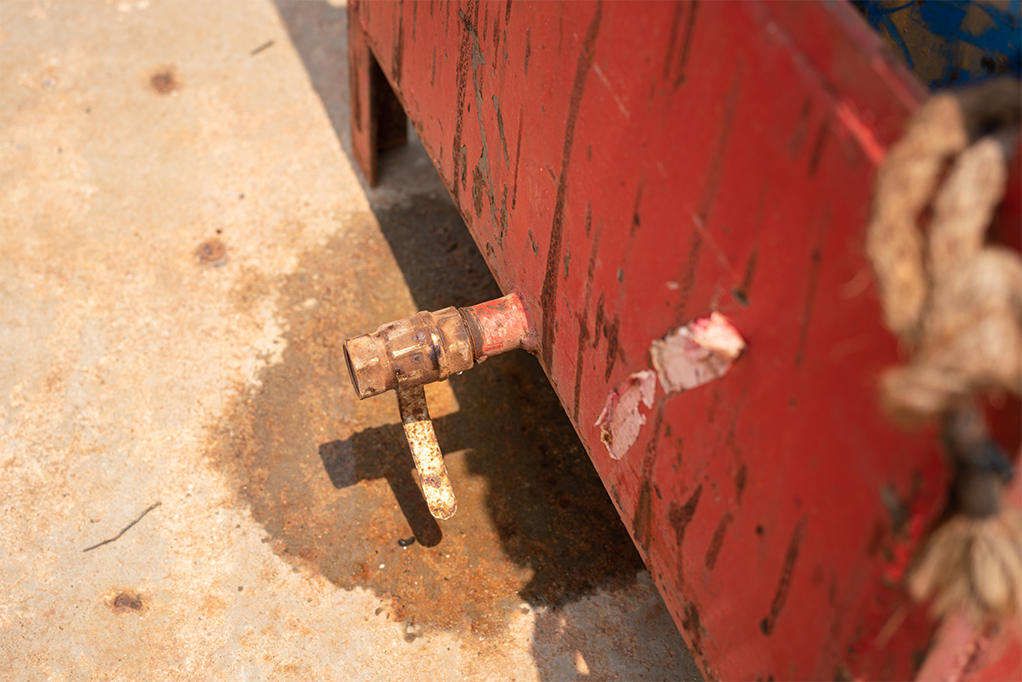How to Handle Dangerous Substances on Site
Oils, Vehicle Maintenance, and Fluids
When the construction site has fuels, oils, and vehicle maintenance fluids on site, there are specific stormwater BMPs and SWPPP regulations that should be followed:
- Ensure BMP specifications are included in the StormWater Pollution Prevention Plan, or SWPPP, for oil and fuel storage specific to each site.
- If there are more than 1320 gallons you must develop and implement a Spill Prevention Control and Countermeasures plan, commonly referred to as an SPCC plan. The storage must also have secondary containment in the event of a leak or spill.
- Stormwater inspections, management, and maintenance should focus on prevention.
- You must have adequate spill cleanup equipment available on site.
- Be sure to use drip pans to avoid any spills on the ground.
- Make sure you properly dispose of and recycle oils.
- Whenever there is a leak or spill it should be cleaned up immediately, and properly disposed of.
- Never hose the area down, because that may cause the pollutants to enter the storm drain system.
Washing Equipment and Vehicles
It is best to wash equipment and vehicles in a designated area for containment. If you must wash equipment and vehicles on the construction site, contain and minimize the discharge of pollutants from the vehicle and equipment being washed. Be sure to always properly store soaps, detergents, and solvents.
Toxic and Hazardous Substances
When using toxic or hazardous substances on construction sites, they should be protected from stormwater runoff by being labeled and stored under cover, in a building or unit designed to cover them. Be sure to have secondary containment in the event that a container leaks. Finally, store the substances in water-tight containers.

